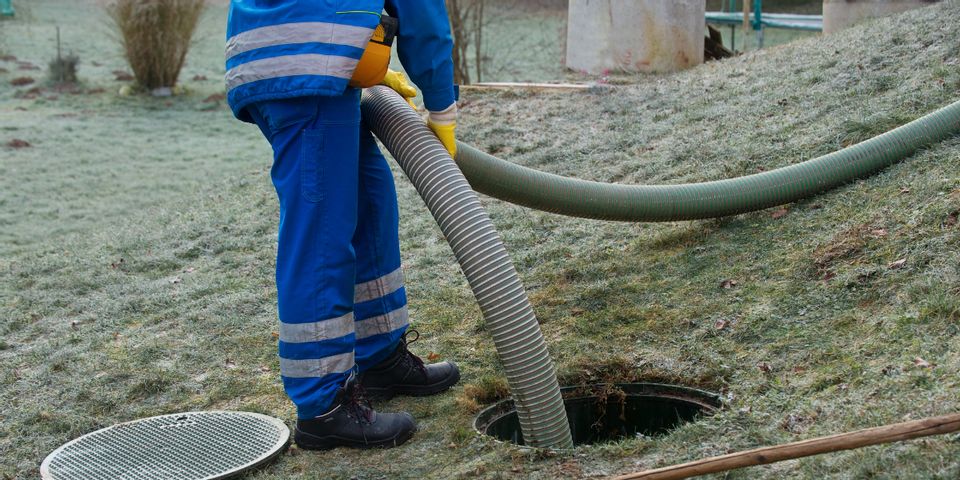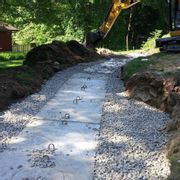
If you're like most homeowners, you probably don't think about your septic system until a problem arises. However, it can be helpful to understand how the system works so that you know when to receive maintenance like septic pumping and inspections. Here are the critical components that ensure your home properly eliminates waste.
What Are the Different Parts of a Septic System?
1. Access Points
Access points—which are the size and shape of a manhole cover—allow technicians to insert equipment for pumping and cleaning. The main access point is located in the middle of the tank.
Smaller access points are located at the inlet and outlet baffles, which are t-shaped pipes that keep solid and liquid waste separate. The condition of the baffles reflects the condition of the tank, which is helpful during inspections. Access points can be located underground, or they can sit on risers for easier access.
2. Septic Tank
Wastewater flows into the tank, where biological materials are broken down by bacteria. Heavier matter floats the bottom of the tank to form sludge, while lighter particulates form a scum layer on the top.

Septic pumping prevents the bottom sludge layer from filling the tank. When the tank is too full, clogs form and sewage can back up into the home.
Pumping is recommended every three to five years. However, homes with more people require more frequent pumping. Also, residential tanks range from 1,000 to 2,500 gallons, and larger tanks usually require less frequent pumping.
3. Drain Field
Wastewater continues its journey from the tank to the drain field. A network of pipes with small holes allows treated water to be safely reintroduced into the soil without contaminating it.
Parking vehicles over the drain field can compress the soil and potentially damage the underlying pipes. Avoid placing trees or plants directly over the drain field, as thirsty roots may infiltrate the piping in search of water.
4. Distribution Box
This component distributes water coming from the septic tank to the drain field. Water must be distributed evenly to the drain field to prevent failure.
If one portion of the field receives more water than another, the overflow can inhibit the breakdown of waste. The distribution box can also accidentally send water back into the tank if it's slanted or tipped, which leads to sewage backups in your home. If you experience a backup, a plumber may need to inspect the box and reposition it.
If you need reliable septic maintenance in Preston, CT, Abrahamson Septic has provided septic pumping and other plumbing maintenance to homeowners for over five decades. The licensed and insured technicians at this family-owned and -operated business will diagnose the problem and provide fast and reliable repairs. Learn more about their services online, or call (860) 889-7939 to schedule an appointment.
About the Business
Have a question? Ask the experts!
Send your question

